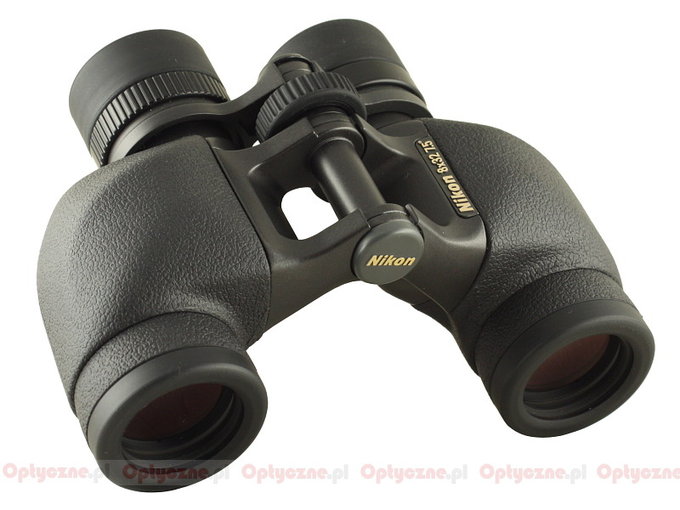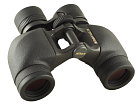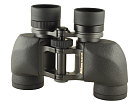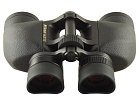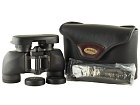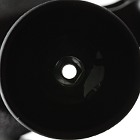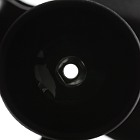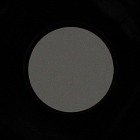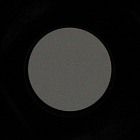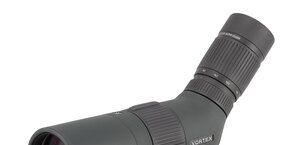Nikon SE 8x32 CF
If you buy any of SE series instruments you have all elements and prisms multi-coated so they can give you an exceptionally light, crisp image, remaining sharp across the whole field of view; it is possible because the instruments feature elements correcting the curvature of the field and a special construction of the eyepieces. Additionally you get a significant eye relief distance, low weight and solid build as the barrel is pressure-cast and made of a magnesium composite; the casing is also covered by a rubber coating which makes it shatterproof and comfortable to hold.
| Magnification | Lens diameter | Angular field of view | Prisms | Eye relief | Weight | Price |
|---|---|---|---|---|---|---|
| 8 | 32 | 131/1000(7.5o) | BaK-4/porro | 17.4 mm | 630 g | 2999 PLN |
Summary
Pros:
- solid, handy casing, very comfortable to hold,
- good transmission,
- excellent whiteness rendition,
- low chromatic aberration,
- very low coma,
- slight astigmatism,
- sharp image practically to the very edge of the field of view,
- low brightness loss on the edge of the field,
- high quality of prisms and coatings.
Cons:
- the instrument is not waterproof and it is not nitrogen-filled,
- too many flares near prisms.
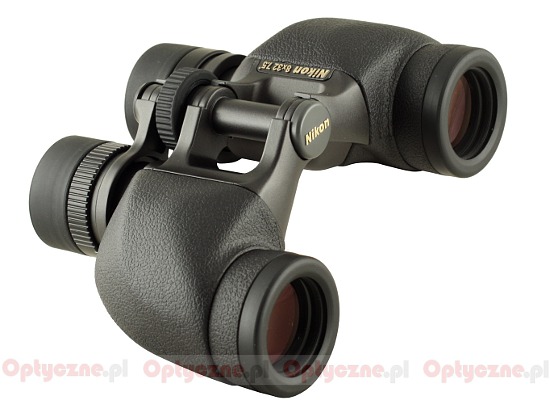 |
The comparison of the tested lens’s pros and cons, one glance at its price tag, the results it got in our tests and the performance and prices of its rivals – all these show clearly what kind of instrument you deal with here. The Nikon 8x32 SE corrects all optical aberrations well or very well. Additionally, as most of top-of- the- range Nikons, it provides a very flat field of view which is almost perfectly sharp to the very edge. Everything is closed in a classic casing, made of magnesium composites with prisms set in the efficient Porro system.
I will repeat here what I wrote in the test of the Nikon’s SE 8x32 CF bigger brother with the parameters of 10x42: it is a pity the SE series consists of only three models. I would like it to include such sets of binoculars as 10x32, 7x42, 8x42, 7x50, 10x50, 8x56 or 10x56 – I would love to test them too. Every such a model would have a chance to be a very good instrument – as successful as the 8x32 and the 10x42, tested by us so far,.
Does the Nikon SE 8x32 CF have any disadvantages or slip-ups? Yes it does, but only some minor ones. The first issue is the transmission graph, presented below.
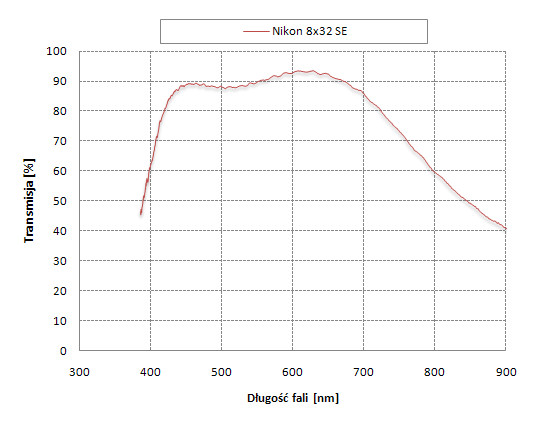 |
The Steiner Night Hunter 8x30 XP, which is, after all, a bit cheaper than the Nikon, showed that if you possess the efficient Porro system, you can get a better transmission concerning the flatness of the graph and its height as well. We don’t like the dip in the centre of the visible spectrum which would be perhaps acceptable in the case of cheaper roof prism instruments but when it comes to an expensive Porro set of binoculars is definitely out of place. The second problem is the blackening inside – it causes such an image of areas near the exit pupil as we see here. Shiny prism fixing elements, white “heaps” of glue are once again something acceptable in the cheapest devices, not in the quality product of a reputable producer.
The third problem is the lack of waterproof quality and nitrogen filling. As most of the Nikon’s 8x32 rivals are waterproof and nitrogen-filled, the Nikon lags behind a bit here. However, even despite those small slip-ups the Nikon SE 8x32 CF is an instrument which you can recommend to anybody. It would be really difficult to find anything better for such a price. What’s more, most of similarly priced, or even much more expensive roof prism binoculars wouldn’t win the performance competition with the Nikon tested here. If you like the Porro system and you are not prejudiced against it you can buy this pair of binoculars on spec. Personally I recommend it honestly and openly.




